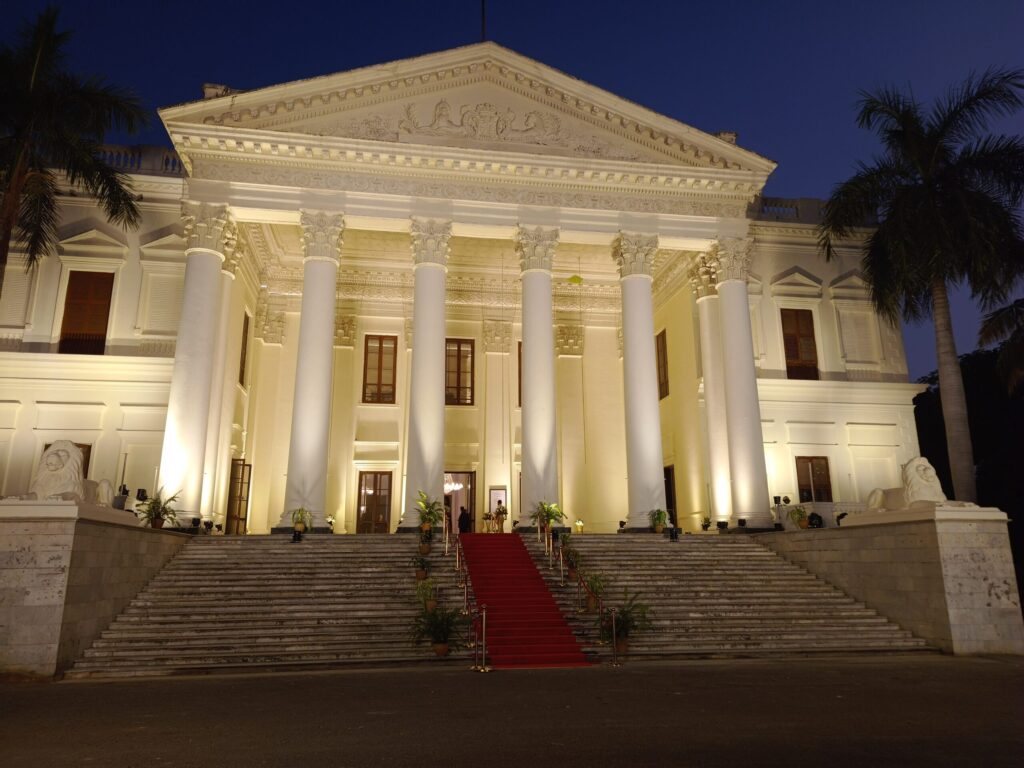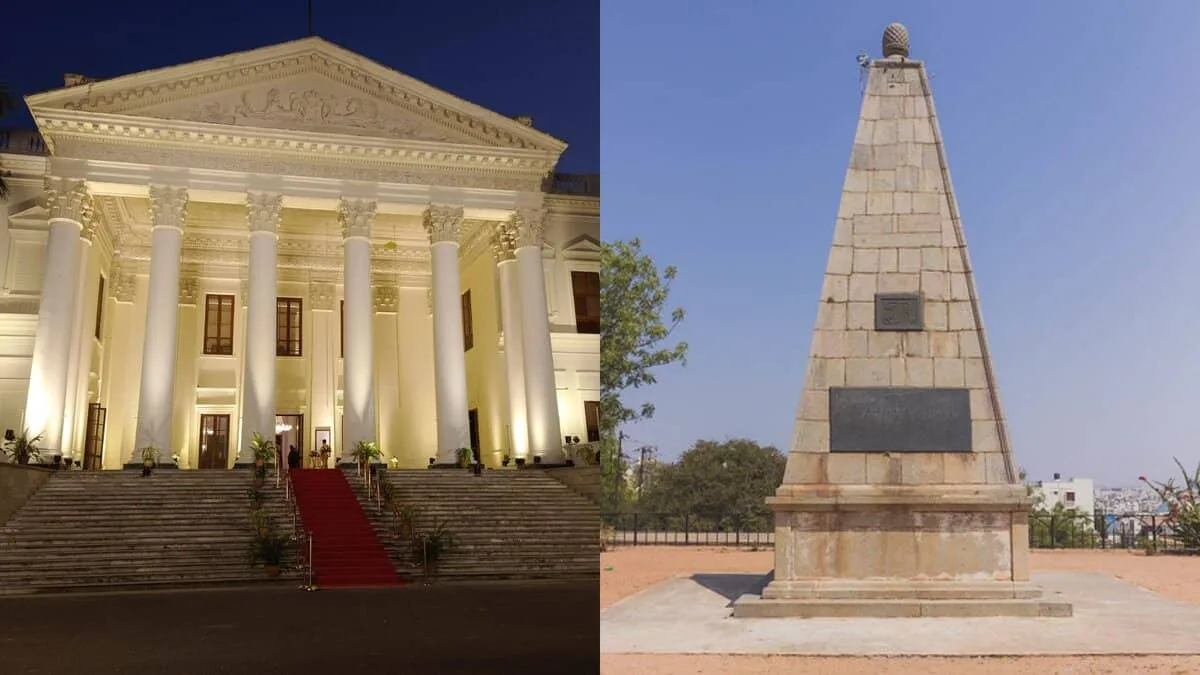When people think of Hyderabad, their minds often jump to the arches of Charminar, the grandeur of Chowmahalla Palace and the rustic look of Golconda Fort.
But tucked behind the city’s iconic landmarks are forgotten monuments that are faded, quiet, and often absent from glossy travel brochures. These are the places that don’t show up in curated itineraries but offer a more intimate glimpse into Hyderabad’s layered past.
From colonial-era ruins to neglected Qutb Shahi gems, this list by Siasat.com shows five hidden sites that deserve a visit when in Hyderabad.
List of Hidden tourist spots in Hyderabad
1. Naya Qila in Golconda Fort
Tucked behind encroachments and often overlooked by visitors to Golconda Fort, Naya Qila is a 500-year-old extension built after a Mughal attack on Hyderabad in 1656 during Shah Jahan’s reign. Once part of Golconda’s outer defence, it now stands separated from the main fort complex.
Key highlights include the Majnu and Laila Bastions, the Mustafa Khan Masjid (dating back to 1561, even before Hyderabad was founded), and the Mulla Khyali Masjid, named after the Deccan poet. The area is also home to a massive 400-year-old baobab tree, believed to have been planted by African friars.
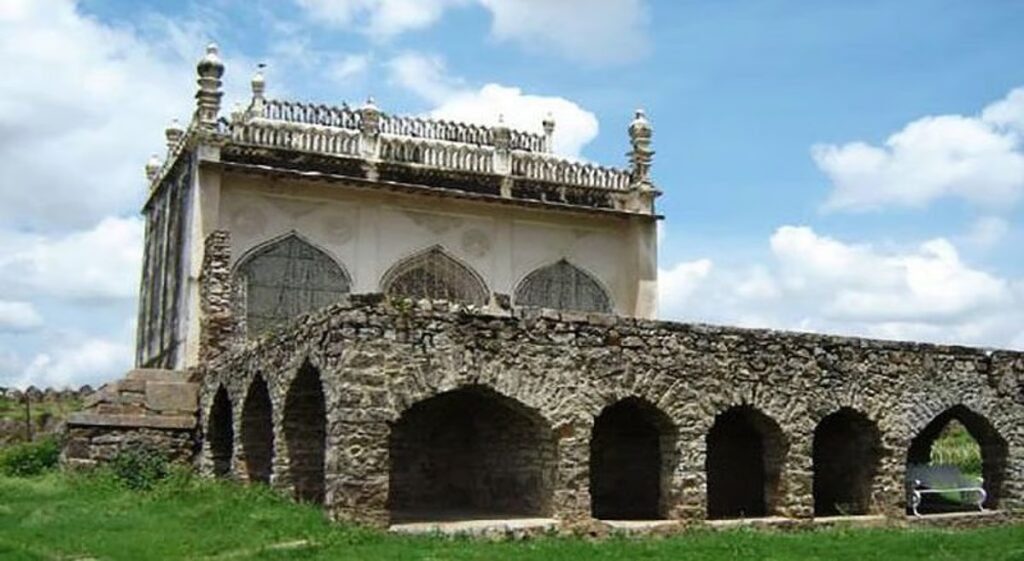
2. Raymond’s Tomb
Perched atop a quiet hillock in Malakpet, the black granite obelisk tomb marks the final resting place of Michel Joachim Marie Raymond, a French general and artillery commander under Nizam Ali Khan (Asaf Jah II). Locals revered him as “Musa Ram” (Hindu) and “Musa Rahim” (Muslim), and the Nizam himself continued to send offerings on his death anniversary until the 1940s. Though restored in 2003, it remains a tranquil and underappreciated emblem of Indo‑French camaraderie and colonial-era Hyderabad.
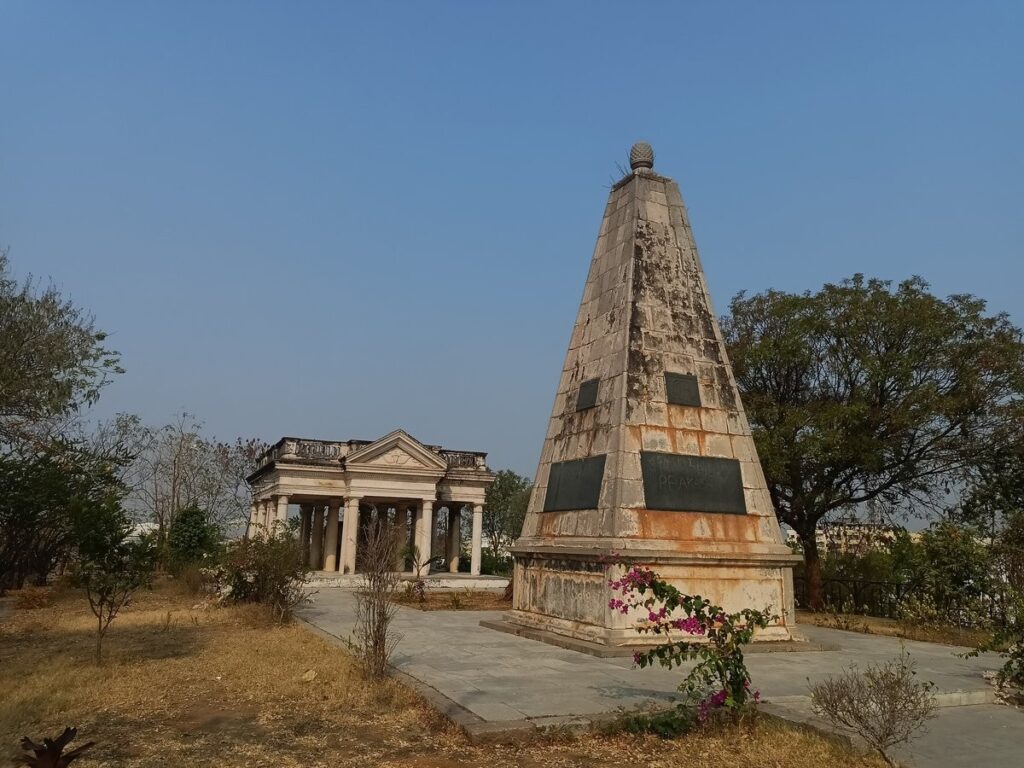
3. James Street Police Station
Built in 1867, the James Street Police Station is one of Hyderabad’s oldest colonial-era buildings still in use. Located beside the iconic Secunderabad Clock Tower, it once served as a key administrative post during British rule in the Cantonment area.
With its arched verandahs and stone walls, the station quietly reflects the British architectural imprint on the city. Though many pass it without a second glance, this restored heritage building stands as a subtle reminder of Hyderabad’s colonial past. While not a traditional tourist spot, it serves as a gem for architecture enthusiasts.
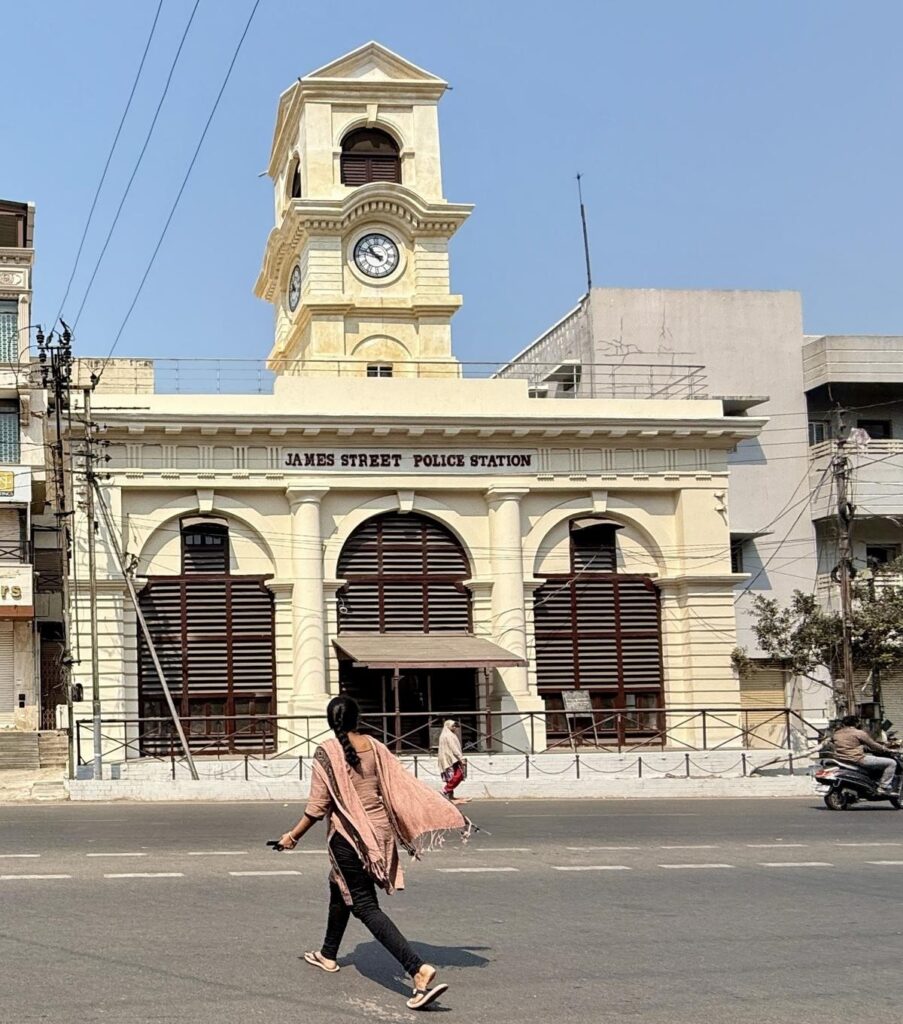
4. Toli Masjid
Constructed in 1671–72 by Mir Musa Khan Mahaldar under Sultan Abdullah Qutb Shah, Toli Masjid stands as a floral-stucco masterpiece nestled in Karwan. Its ornate facade is complete with jali screens, elephant-bracketed chajjas, twin 60-foot minarets, and miniature temple-like parapet shikharas. It marks the apex of late Qutb Shahi craftsmanship. Despite its protected status, the mosque lies in an overlooked neighbourhood.
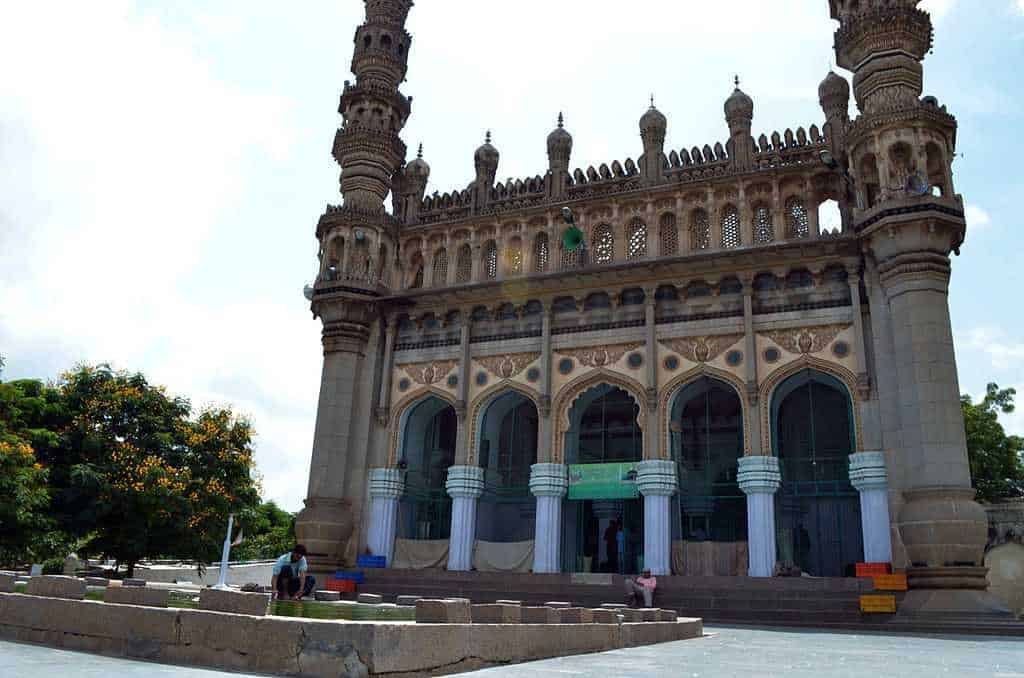
5. British Residency
Completed around 1805 under architect Samuel Russell, the British Residency was commissioned by James Achilles Kirkpatrick, the so-called “White Mughal” and British Resident of Hyderabad. This stately Palladian villa with its six Corinthian columns, sweeping double staircase, painted ceilings, parquet floors, and giant British lions mirrors European grand residences of the era. Post‑1949, it became part of Osmania Women’s College and suffered neglect and decay. However, after restoration projects, it was opened to the public in 2022.
